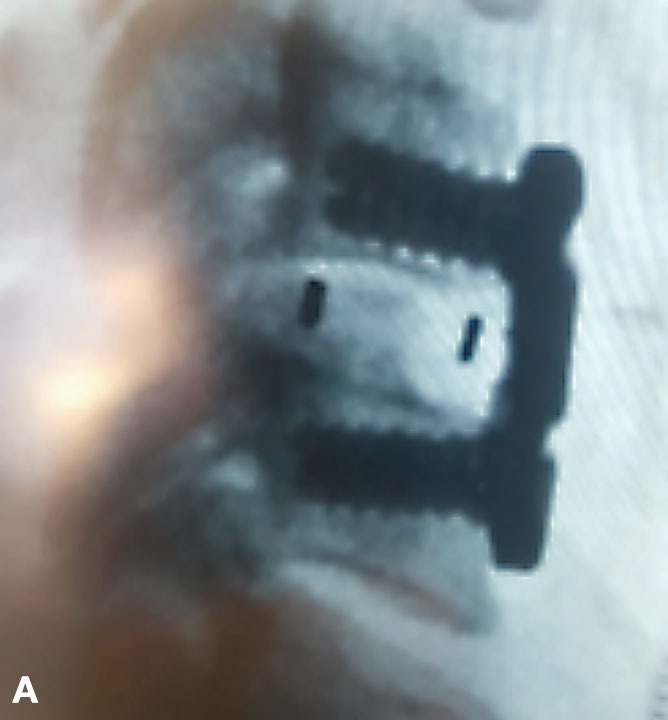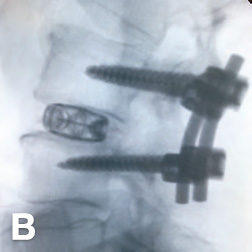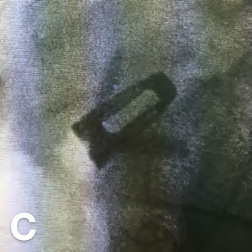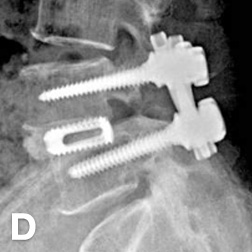Introducing TETRAfuse® 3D Technology is a premiere for RTI Surgical®, a surgical implant company which offers 3D Printed Interbody Polymer Optimized to Participate in Fusion.
In other terms, surgeons will now choose between bone in-growth, radiolucency or mechanical strength in the selection of a spinal interbody implant. Having these features together enables to benefit from both the osseointegrative advantages of titanium and allograft bone and the benefits of PEEK.
TETRAfuse® 3D Technology
What is peculiar about TETRAfuse 3D Technology is that it is the first 3D printed polymer implant material which demonstrated trabecular bone ingrowth while maintaining radiolucency and bone-like mechanical properties.




Indeed, “the 3D printing process creates a nano-rough surface on every aspect of the implant, not just the endplates,” noted Robert Watkins IV, M.D. of Marina Spine Center in Marina Del Ray, Calif. “This nano-rough surface facilitates bony ingrowth throughout the disc space from endplate to endplate, allowing deeper implant osseointegration.”
As for Camille Farhat, RTI chief executive officer, she shows her excitement about such a cutting-edge technology which will be benefit to both surgeons and patients. “Being the first to offer surgeons a 3D printed interbody polymer optimized to participate in fusion marks another significant milestone for RTI in [their] quest to continuously deliver relevant and innovative products without compromise.”
For further information about 3D Printing, follow us on our social networks and subscribe to our newsletter!
//pagead2.googlesyndication.com/pagead/js/adsbygoogle.js
(adsbygoogle = window.adsbygoogle || []).push({});






